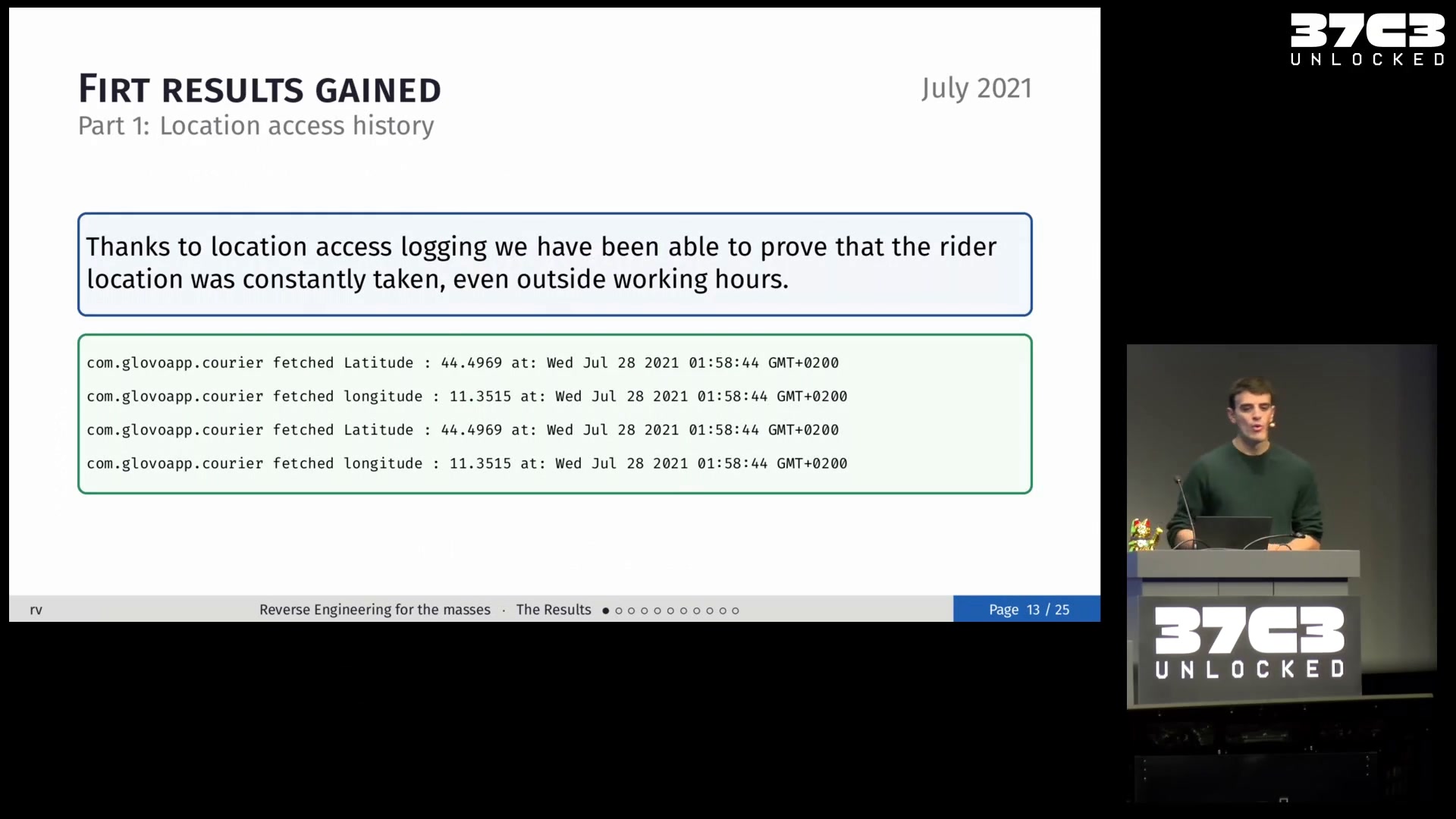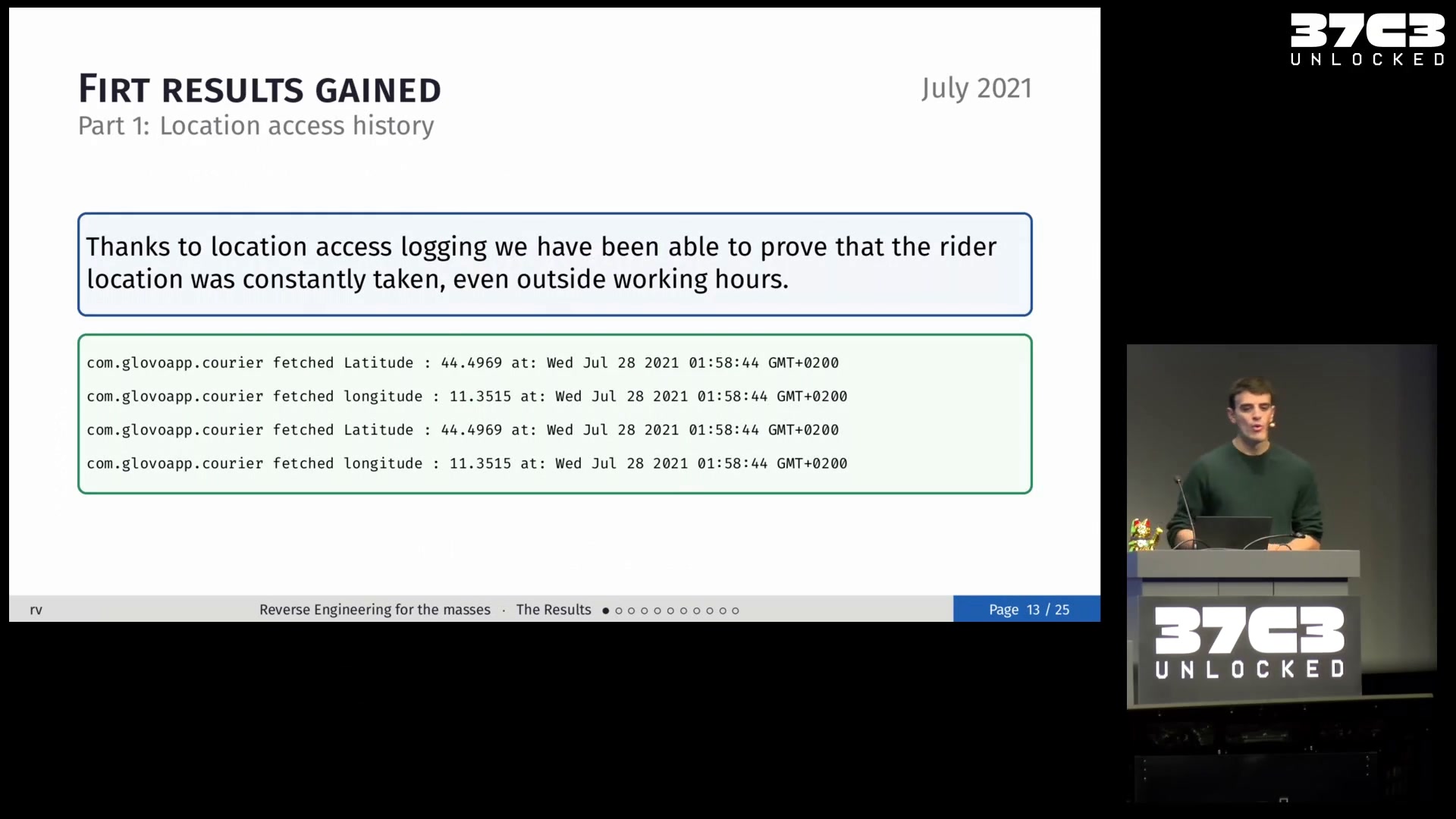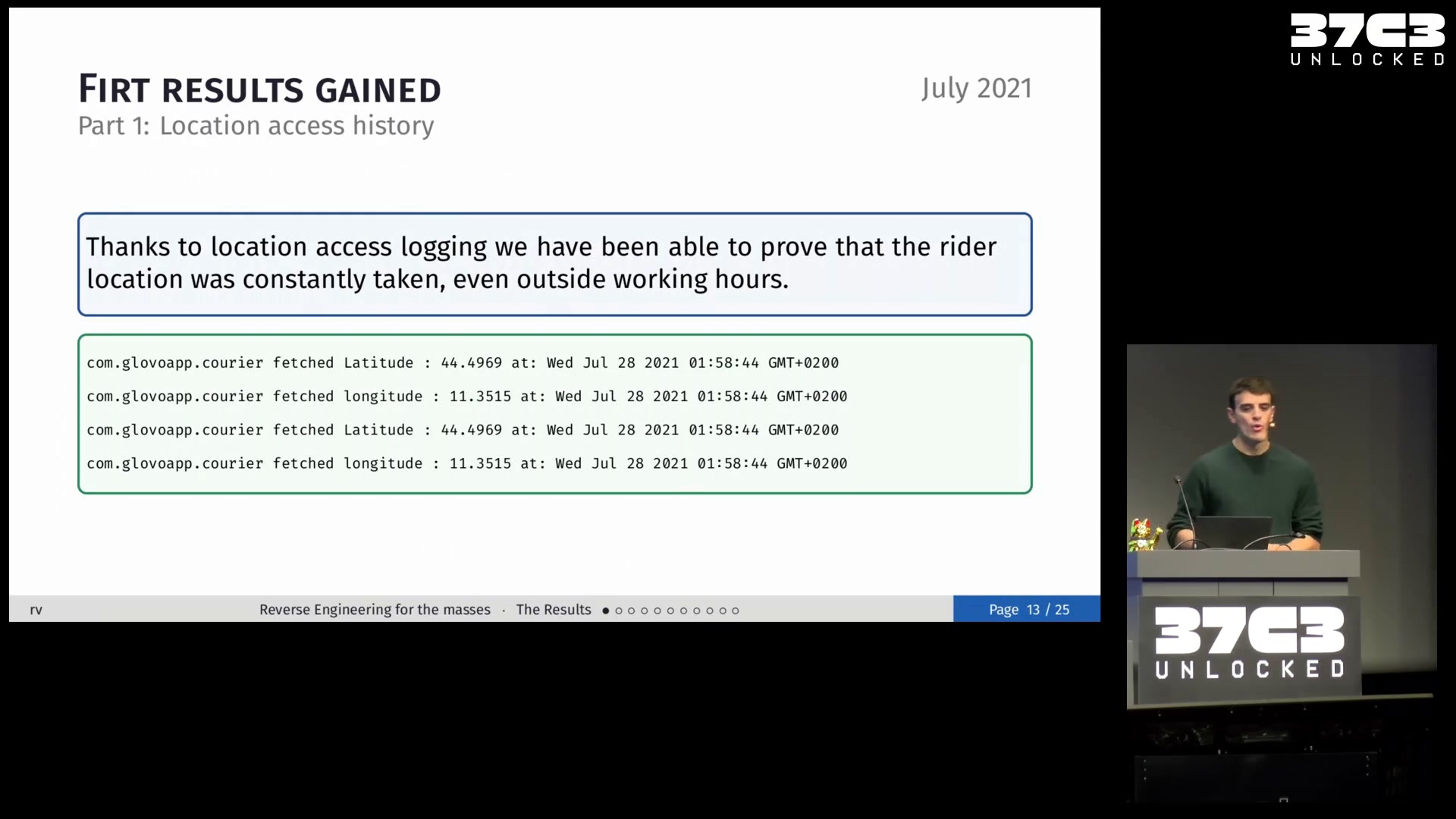- 15 Posts
- 10 Comments

 4·5 months ago
4·5 months agoto a reasonably large audience
That’s a measure of success that makes sense only in a for-profit, growth-oriented environment. Software just has to be sustainable and “bigger” doesn’t necessarily imply "more sustainable.
That said, what is now possible with social media is extremely restricted and our idea of what a social media is is constrained by profit motives. Social media could be much more, connect humans for collaboration and exchange instead of data extraction. We are so used to the little crumbs of positive experiences on social media that we normalized it.
Bonfire, for example, if we want to stick to the fediverse, is trying to challenge this narrative and push the boundaries of what a social media is supposed to do.
Another space would be non-siloed notion-like tools.
Anothe entire can of worms would be to go beyond the “dictatorship of the app” and start building software and UX around flexibility and customizability for the average user, rather than keeping this a privilege for tools targeting power users. Flexibility in UX means harder trackability and less CTR, so most end-user “apps” avoid that.

 141·5 months ago
141·5 months agoNo more “alternatives” please. That formula has failed over and over again. We want software that can do what proprietary platforms do not pursue because it’s not profitable. Online spaces to build meaningful connections, have interesting conversations with like-minded people, discover new things, be free from trolls and toxicity, possibly without the guilt of polluting the hell out of this planet with hardware and excessive electricity consumption.

 63·6 months ago
63·6 months agono colonial power and no empire ever lasted forever. Everything made by human eventually dissolves. The current strategy of trying to stay alive (kinda) and keeping their identity is more than enough to eventually see the American empire collapse on itself and Israel with it.

 8·6 months ago
8·6 months agoCommenting with no clue what people are talking about

 11·6 months ago
11·6 months agoWhile I’m not part of XR myself and I’m not a super fan, I still invite you to stay in the group, especially if you lack alternatives. You have a lot to learn, especially because you disagree with what you perceive is the general strategy.
XR is a movement that locally employs a diversity of tactics and it’s not a homogeneous, centrally-directed organization. So when you say that “XR is demonstration oriented”, you should understand it as an emergent property of the current situation in which XR is in, or at least your local chapter. It’s not like that everywhere, but especially it doesn’t have to be. While movements have their own DNA that is hard to alter, XR is relatively open to a diversity of tactics. Being part of a movement means also to have the ability to shape and direct its actions.
Let’s be more concrete: once you forge relationships in your local chapter and you gain trust, you can start proposing different kinds of actions and bring change in the org. Learning to do that is a lot of work and it’s far from trivial, but better doing it in XR than in a stale ML org full of old tankies. If XR identity is too far away from your proposals, you can gather interest for a side-project done with a different public identity: just because you meet people in XR and do stuff with them doesn’t mean you have to go public as XR. You can for example create a lobbying group on your local politicians that is easier to talk to than XR, and then bring XR positions into a city council, for example.
If you feel your local chapter has become a machine to pump out demos without a broader strategy, point that out. Ask what’s the long-term strategy, what’s the theory of change, how do they expect to make things happen. Ask them to point you to document in which they analyze that: if they have them, your questions will remind them that they should stick to the strategy, if they don’t have them push the chapter to set up sessions in which they develop their local strategy.

 1·8 months ago
1·8 months agoThank you, you’re right ^^
There are entire fields of research on that. Or do you believe the internet, a technology developed for military purposes, an infrastructure that supports most of the economy, the medium through billions of people experience most of reality and build connections, is free from ideology and propaganda?
This paper explain a taxonomy of harms created by LLMs: https://dl.acm.org/doi/pdf/10.1145/3531146.3533088
OpenAI released ChatGPT without systems to prevent or compensate these harms and being fully aware of the consequences, since this kind of research has been going on for several years. In the meanwhile they’ve put some paper-thin countermeasures on some of these problems but they are still pretty much a shit-show in terms of accountability. Most likely they will get sued into oblivion before regulators outlaw LLMs with dialogical interfaces. This won’t do much for the harm that open-source LLMs will create but at least will limit large-scale harm to the general population.
They published a deliberately harmful tool against the advice of civil society, experts and competitors. They are not only reckless but tasked since their foundation with the mission to create chaos. Don’t forget the idea behind OpenAI in the beginning was to damage the advantage that Google and Facebook had on AI by releasing machine learning technology in open source. They definitely did it and now they are expanding their goals. They are not in for the money (ChatGPT will never be profitable), they are playing a bigger game.
Pushing the AI panic is not just a marketing strategy but a way to build power. The more they are considered dangerous, the more regulations will be passed that will impact the whole sector. https://fortune.com/2023/05/30/sam-altman-ai-risk-of-extinction-pandemics-nuclear-warfare/
In the picture you can see organizations moving in the public sphere around AI. On the left you have right-wing and libertarian think tanks, corporations and frontline actors that fuel a sense of panic around AI, either to sabotage their business competitors or to leverage this panic to project an idea of being sellers of a very powerful tool while at the same time deflecting responsibility. If the AI is dangerous and sentient, you won’t care much about the engineers behind.
On the right you have several public orgs or NGOs operating in the field of algorithmic accountability, digital rights and so on. They push the opposite of the AI panic, pointing the finger at the corporations and powers that create and govern AI















deleted by creator